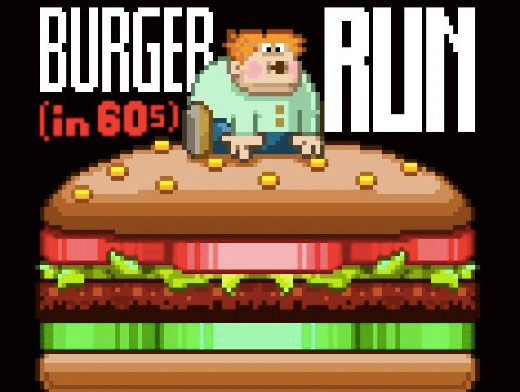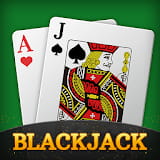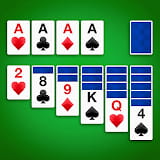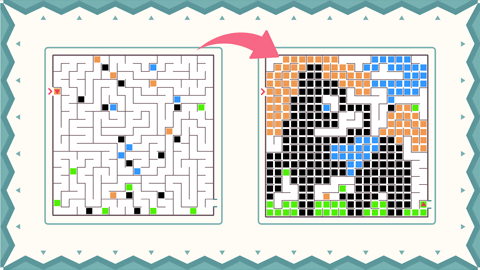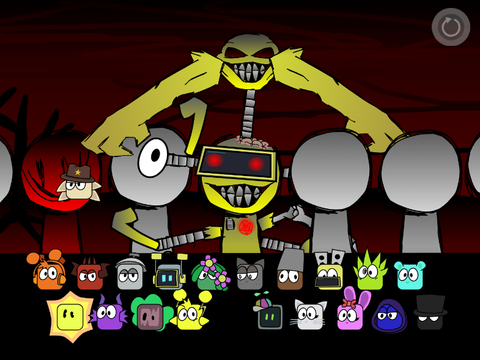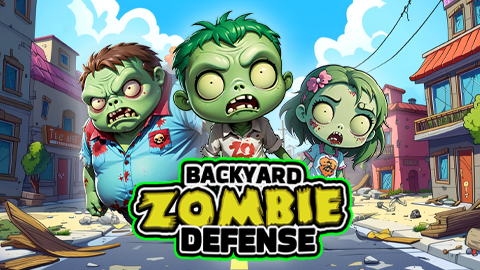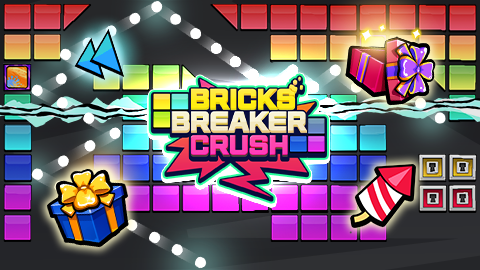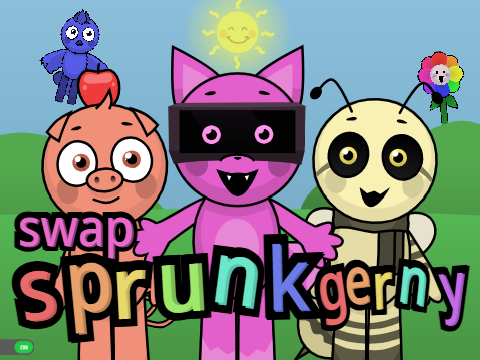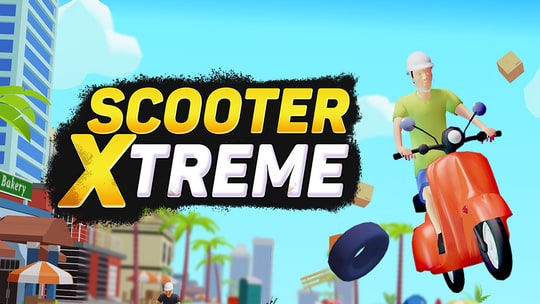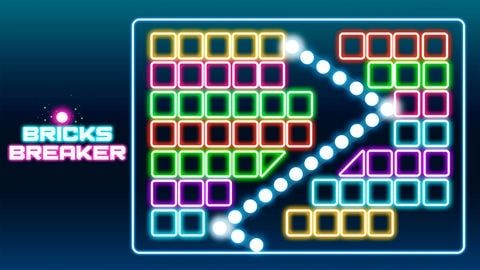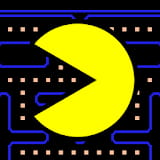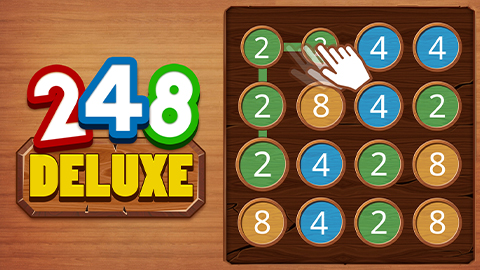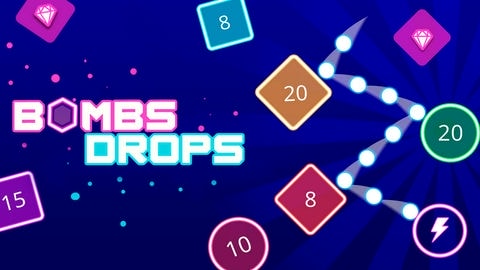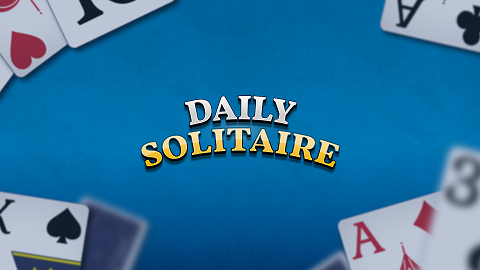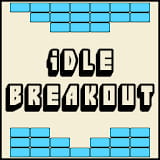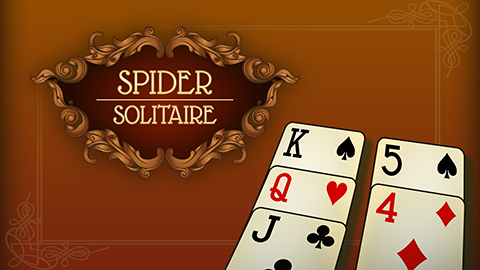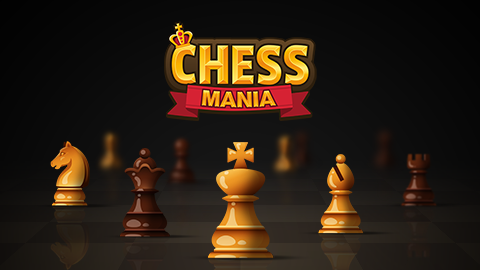► Popular Games
About Drop 2048
home > Drop 2048
Detailed Game Introduction
Drop 2048 reimagines the classic merge puzzle as a vertical, gravity‑driven stacker. Numbered tiles fall from the top; matching values touching orthogonally combine into the next value (2→4→8…). As stacks rise, smart lane management, combo engineering, and buffer control become critical. Rather than sliding a board, you’re curating columns so merge waves cascade downward and reopen space.
Gameplay Strategy & Walkthrough
- Anchor column: Dedicate a corner/edge as your highest‑value anchor and feed merges toward it.
- Feeder lanes: Keep 1–2 lanes for low numbers (2/4/8) that you can merge sideways into the anchor stack.
- Pre‑stage pairs: Drop twins adjacent before adding the third that triggers a cascade for multiple merges in sequence.
- Bubble clears: When a column spikes, spend a few safe drops to equalize heights and prevent top‑outs.
- Emergency plan: If a bad piece appears, place it in a sacrificial lane rather than contaminating the anchor column.
Controls Guide
- Move falling tile left/right; drop/soft‑drop per UI. Some builds allow hold/preview.
- Undo (if available) can rescue misdrops; use sparingly.
Advanced Tips
- Parity planning: Keep anchor height even with neighboring lanes so horizontal merges remain available.
- Edge transfers: Use a temporary “bridge” tile to slide values across gaps safely.
- Combo timing: Delay the triggering tile by one row to ensure all adjacencies are locked in for a multi‑merge.
Frequently Asked Questions (FAQ)
-
Q: My board clogs near the top — how do I recover?
A: Stop chasing big numbers. Flatten heights, create a feeder pair, and trigger a controlled cascade to reopen space.
-
Q: Should I center the anchor or use a corner?
A: Corners are simpler early; centered anchors give more lateral options when you’re comfortable.
-
Q: How do I avoid contaminating the anchor?
A: Reserve a “trash lane” for off‑values and only merge into the anchor when the neighbors are correct.


